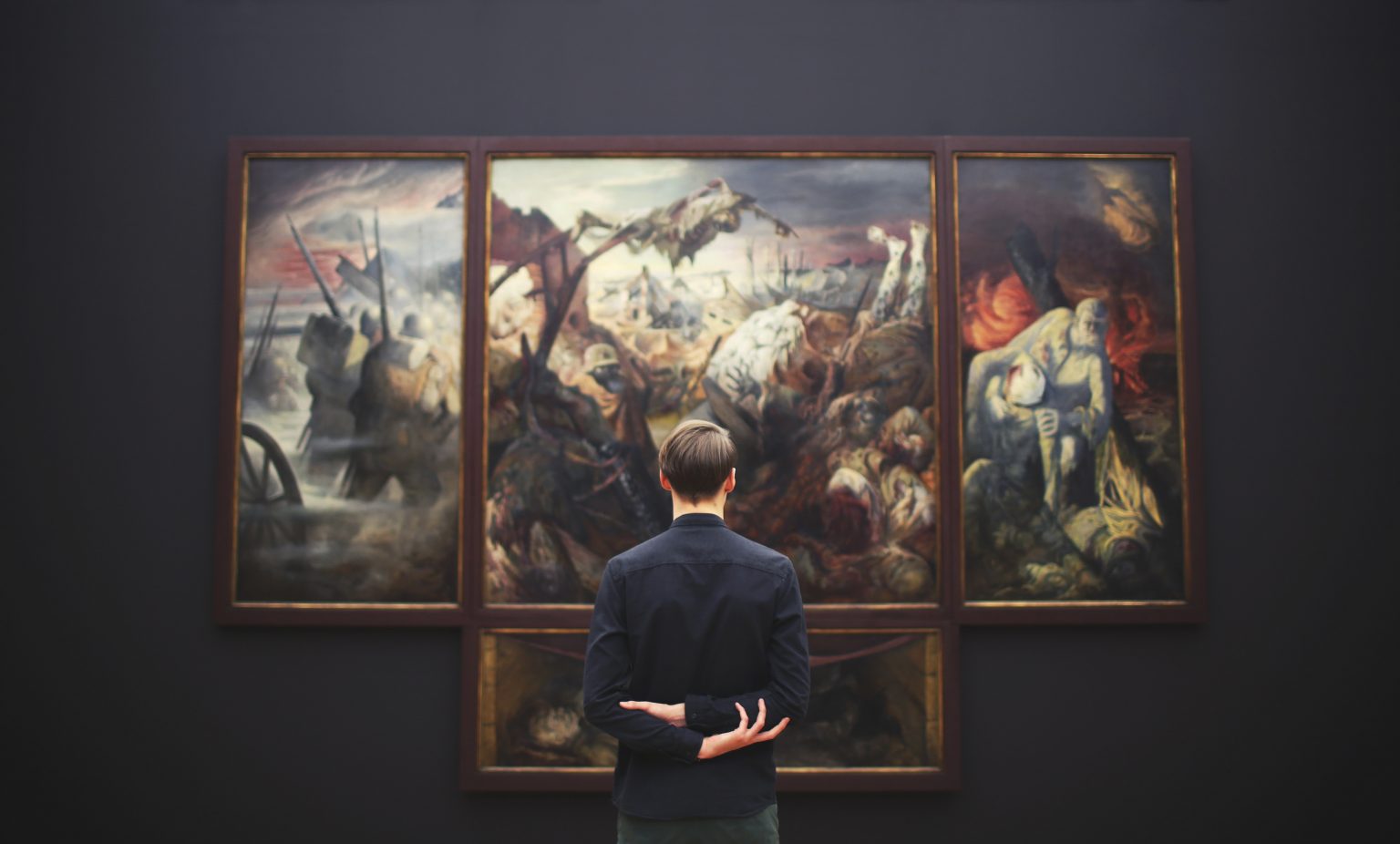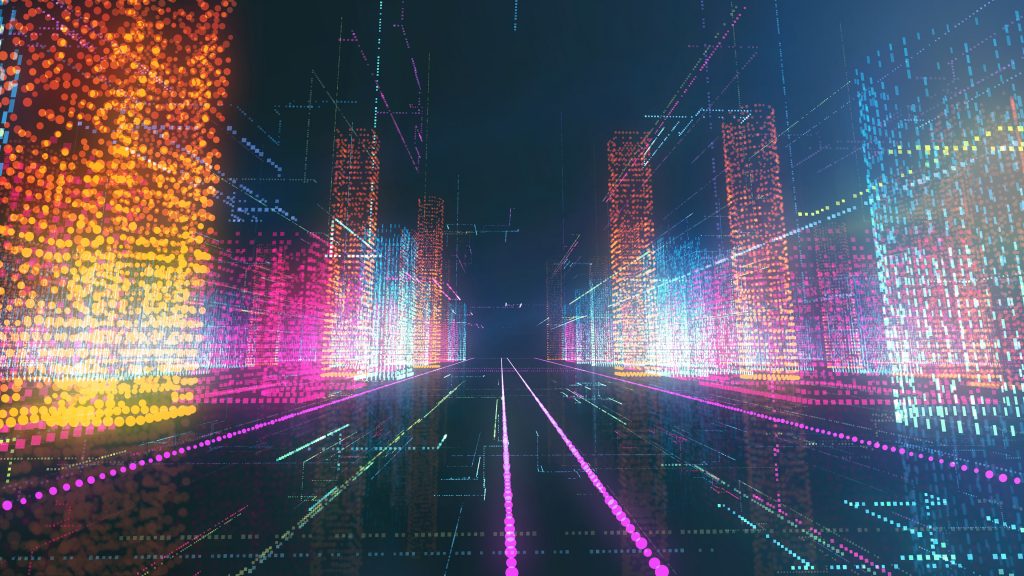Crowded art shows and galleries, auctions, and fairs seem a distant memory. The global COVID-19 pandemic has radically impacted many industries and art is no exception.
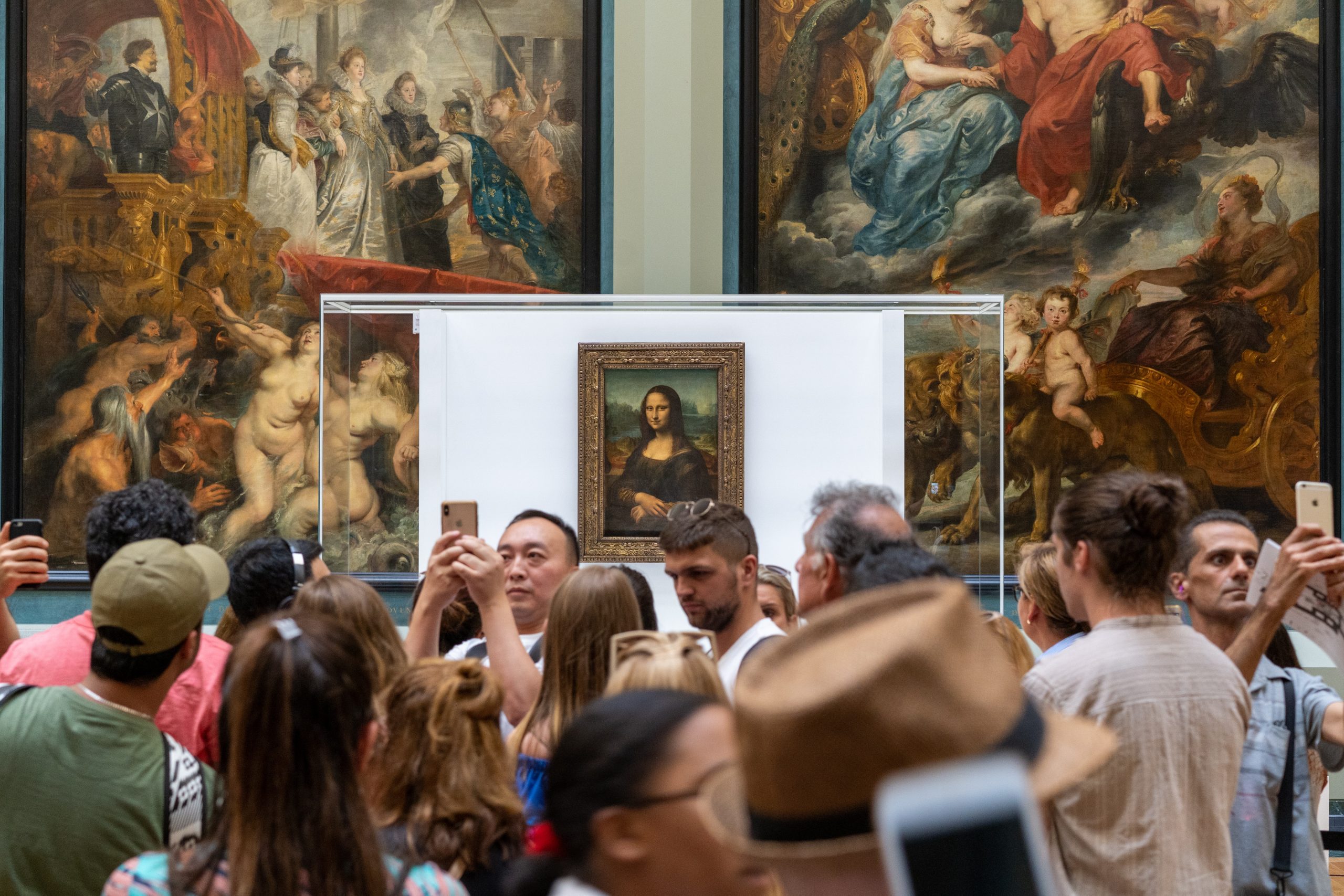
“It’s a pivotal moment,” Frances Morris, director of Tate Modern told The Guardian. “We’re going to talk in terms of before and after. The virus will change a lot of things for art.”
While the situation is grave for many, it also offers opportunities. Rather than talking about technology and how it can make art more accessible, people are being forced to embrace it.
Small private galleries all the way up to the internationally renowned Art Basel have launched online viewing rooms. Others have gone further and utilized immersive technology as a response to the current situation, but it should be adopted as a more long-term solution to open up the industry to the masses.
Frieze
With the physical New York art fair being canceled due to the coronavirus pandemic, a virtual online version of the event is being held in its place. It will allow over 200 galleries to showcase up to 30 works each in individual Viewing Rooms from 8th-15th May.
The site is also using augmented reality to offer users the ability to view artworks, such as paintings or photographs, to-scale and upon their own walls. Audiences will also be able to view video art and narrative content and search for works by artist, price, medium, gallery, and section, amongst other fields.
Registration for the Frieze Viewing Room will be free and open to all once it opens. Keep your eyes on the Frieze website for information.
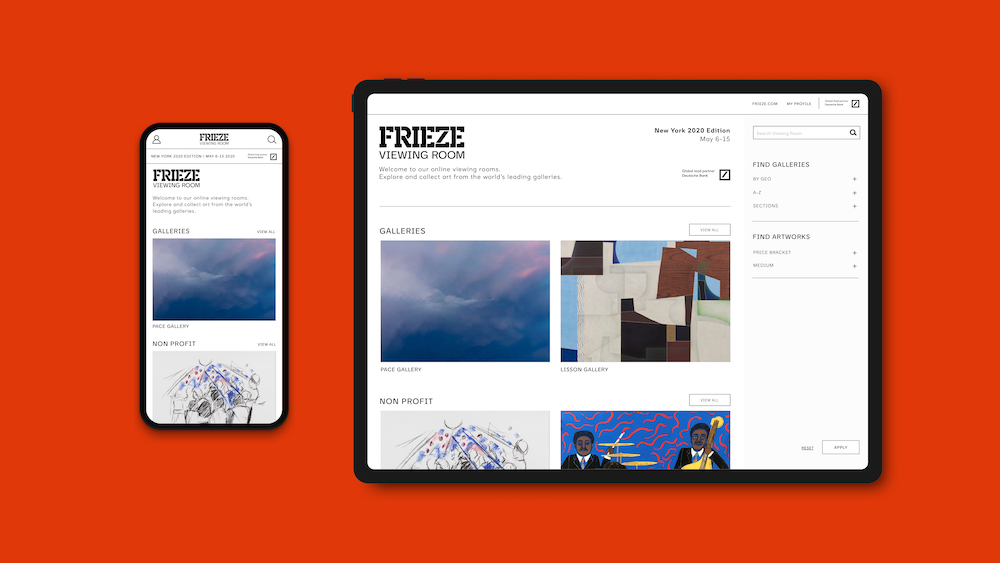
Felipe Pantone
Spanish graffiti artist Felipe Pantone has turned to virtual reality to share his work during the COVID-19 lockdown. Felipe has shared videos on his Instagram profile of his artwork using VR graffiti simulator KingSpray Graffiti on an Oculus Quest, tagged “GRAFFITI in times of CORONAVIRUS”. The two videos posted on his page so far have seen a virtual wall and truck as the canvases for his unique geometric rainbow style, captioned with his ten facts and benefits to painting in VR:
View this post on InstagramA post shared by FELIPE PANTONE (@felipepantone) on
Vortic XR
Entrepreneur Oliver Miro is the founder of Vortic, an extended reality platform created to address the unique needs of art galleries and collectors, offering customized and sustainable solutions to exhibit works of art using AR and VR technologies. It is due to be released this month, alongside a presentation of works in collaboration with the David Zwirner and Victoria Miro galleries.
The platform will allow curators to create bespoke XR exhibitions and invite collectors to engage with works of art from any location using Vortic Curate, as well as see how 2D and 3D works will appear in-situ using augmented reality app Vortic Collect.
In addition, Vortic VR will enable audiences to fully immerse themselves in virtual reality exhibitions, private views, and art fair previews. Supported by Oculus VR headsets, the VR app will enable audiences to experience exhibitions in 3D and walk around a gallery space as though they were physically there.
Miro told Observer: “We have prioritized the launch of the gallery app due to the current situation with COVID-19 but in the meantime, collectors will be able to use the app’s AR function to view works of art in their own homes.”
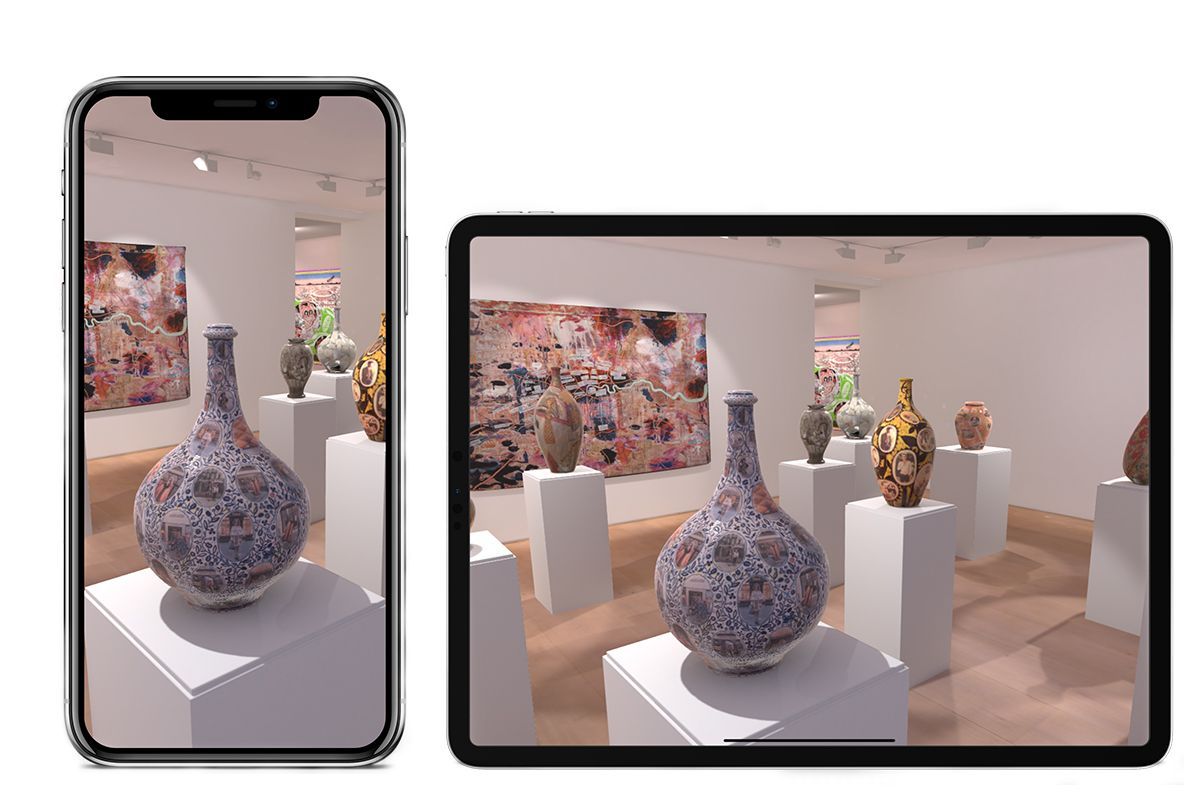
All World
A newly launched platform called All World allows artists and designers to upload and sell their self-published works via AR. Users can visualize how the art will look in their own homes by selecting pieces and then previewing them via a “See in AR” toggle on their mobile phones.
Artists can create their own AR exhibition—a useful tool during the global COVID-19 crisis—it’s also a way for investors to keep their collections stocked. Works include a Social Distancing Installation by Joe Doucet, Eric Cahan’s “I’d kill for a Noble Peace Prize” graphic, and Irene Soyfer’s line-drawn women. While All World is primarily a commercial platform, it also allows people to enjoy artwork while at home.
New York-based designer Sebastian Errazuriz developed the platform with fellow artist Zander Eckblad and a team of engineers. Sebastian believes AR is the future of the art world and will democratize art so everyone can have access to it. Speaking in a video on this Instagram page, he said: “Augmented reality will disrupt the art and design world in the same manner as digital platforms disrupted the entire music industry, or the news media industry, or the film industry.”
He goes on to talk about how technology will usher the next wave of creative expression, from interactive works to those that recognize the user.
Hauser and Wirth’s ArtLab
Mega-gallery Hauser and Wirth has announced a new technology and research division, ArtLab. The recent lockdown has enabled the gallery to pick up the project again, which was originally started in 2019.
Gallery co-founder Iwan Wirth told Artnet News,“We accelerated it because of the current situation of being isolated,” he said, adding, “When? if not now?”
ArtLab will be based in Los Angeles, and will launch it’s first project later this month—a VR exhibition model—HWVR. ArtLab will also offer an artist residency and give the gallery artists opportunities to experiment with the technology in their own practices.
ArtLab is a longterm project. The ambition isn’t to replace art fairs but redefine them and expand the audience.
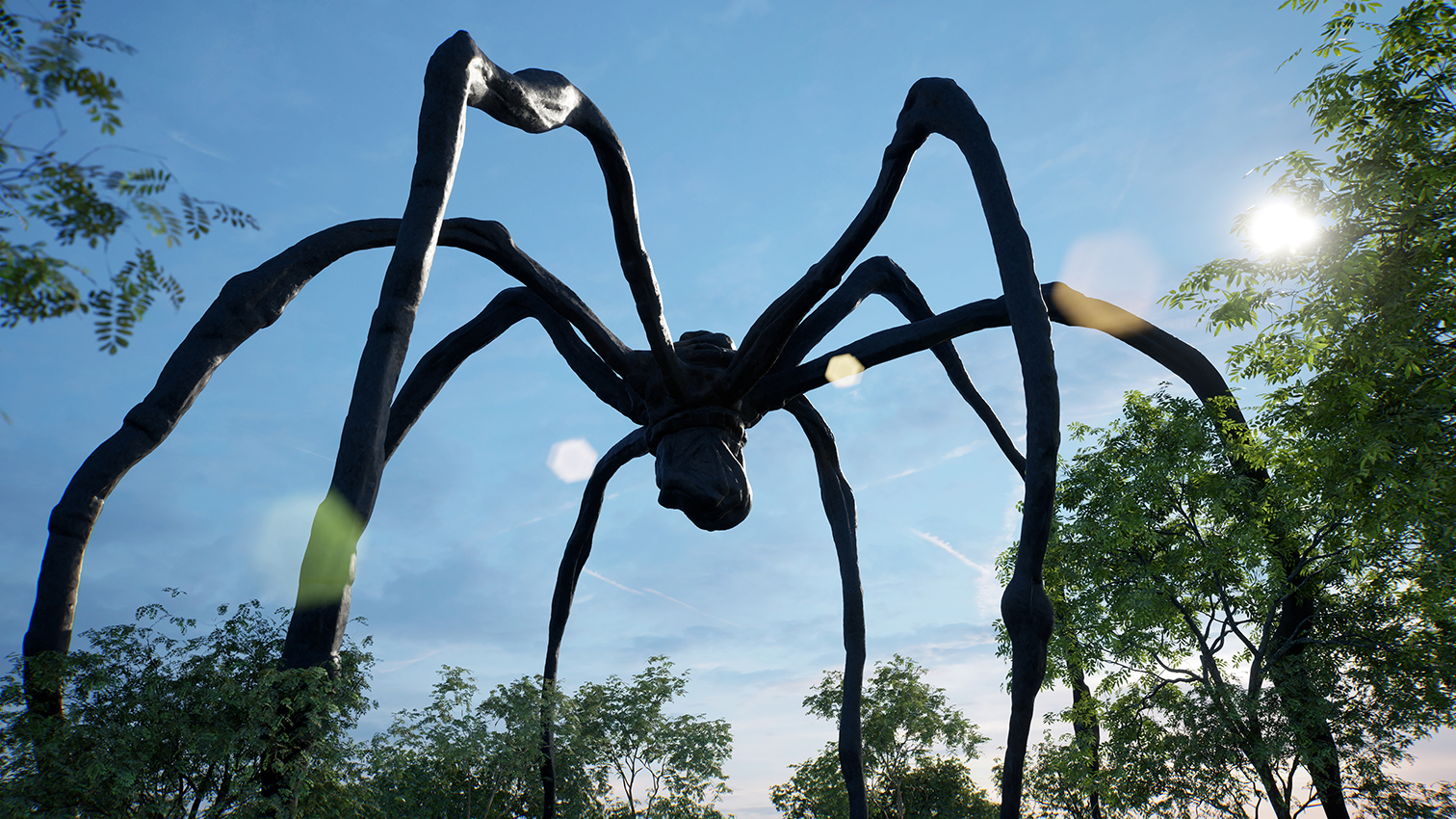
Lisson Gallery
Lisson Gallery operates out of London, New York, and Shanghai. The gallery recently developed a platform with software company Augment, which allows users to place one of 100 available works into their home environments using augmented reality.
The platform launched on April 23rd, after a year and a half of development, and is Augment’s first collaboration with an arts organization. CEO of Augment, Dimitri Duffeleer, said in a statement: “We are particularly excited about this creative collaboration with Lisson, as one of the most influential and innovative international contemporary art galleries in the world, it allows us to use this technology—a democratic, self-service SAAS [software as a service] platform—to make art much more accessible to a wider audience, available to anyone, anywhere in the world.”
Initially, the app was going to be a licensed Lisson Gallery app, but with the current global crisis impacting the art world, the development was fast tracked to make the technology available to all, with a subscription.
Lisson Gallery’s Executive Director Alex Logsdail said: “Our hope is that Augment can be beneficial to the business beyond the current situation. In a time when galleries should be more conscious about our impact, it solves the problem of shipping works for approval, which can be expensive, complicated and wasteful.”
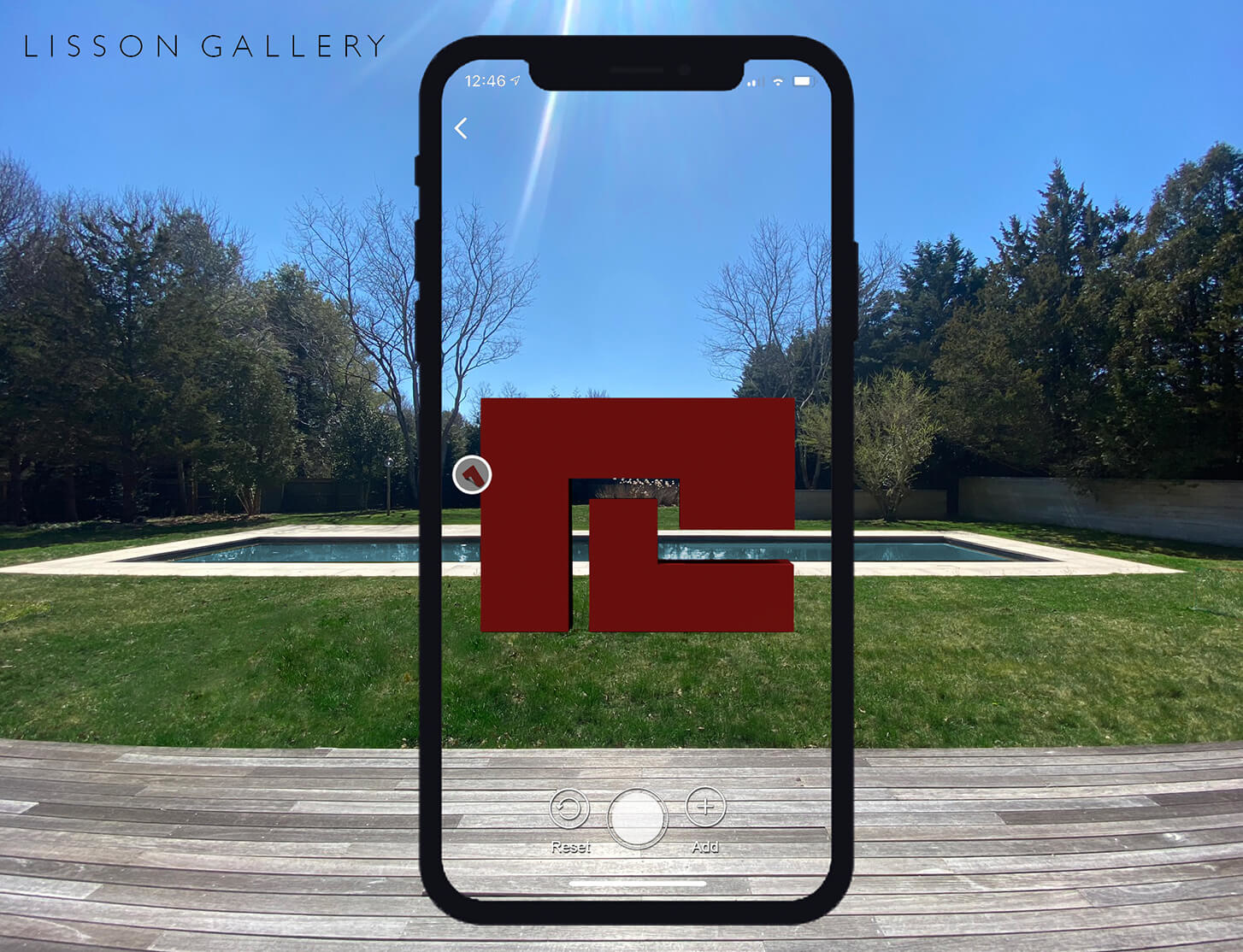
This post originally appeared on Forbes.com.

